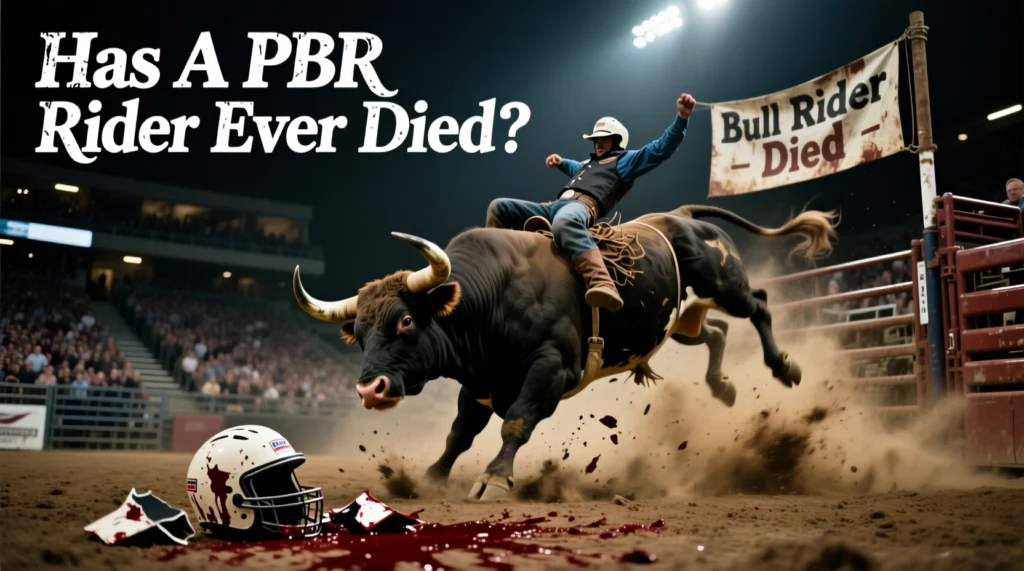Do They Tie the Bull’s Balls in Rodeo? In Rodeo, a fascinating spectacle of skill and athleticism, often raises questions about the treatment of its animal participants. One of the most persistent inquiries is this notion: This question, often driven by concerns about animal welfare, requires a clear and factual answer. We will shed light on the realities of bull riding, dispel this particular misconception, and shed light on the regulations and practices in place to ensure the welfare of these powerful animals.
Table of Contents
Understanding the Core of Bull Riding: More Than Just 8 Seconds
Before we directly address the question of bull testicle binding, it is important to understand the basic aspects of bull riding. The thrilling event pits a rider against a challenging bull for eight seconds. The rider must ride using only one hand, while the bull’s powerful movements aim to dislodge them. Scoring involves both the skill of the rider and the athleticism and bucking ability of the bull. This dynamic partnership between man and animal is at the heart of rodeo.
Addressing the Myth: The Truth About Tying Bull Testicles in Rodeo
The simple answer to the question “Do they tie a bull’s balls in rodeos?” is a resounding no. This practice is not only against the rules of all major rodeo associations, but is also considered inhumane and will cause unnecessary suffering and injury to the animal. There is absolutely no legitimate reason or accepted practice within professional rodeo that involves binding or manipulating a bull’s testicles.
This misconception probably stems from a misunderstanding of the equipment used in bull riding, particularly the flank strap.
The Flank Strap: Understanding Its Purpose and Function
A flank strap, also called a bucking strap, is a soft, wool or sheepskin strap that is placed loosely, just in front of the bull’s hind legs. It is extremely important to note that this strap does not go around the bull’s testicles.
The purpose of the rear strap is to stimulate the bull. When strapped on, it creates a tickling or irritating sensation that prompts the bull to kick its hind legs higher and harder. This bucking action is what makes bull riding a thrilling event.
Here’s a breakdown of key facts about the flank strap:
- Placement: It’s positioned well in front of the bull’s testicles.
- Material: It’s made of soft material to prevent injury or discomfort.
- Looseness: It’s applied loosely and has a quick-release mechanism that is activated immediately after the ride.
- No Restriction: It does not restrict blood flow or cause any lasting harm to the bull.
Read Web Story For Do They Tie the Bull’s Balls in Rodeo?
Animal Welfare: A Top Priority in Modern Rodeo
Modern rodeo organizations put a lot of emphasis on the welfare of their animals. Strict regulations are in place to ensure their safety and humane treatment. These regulations are continually reviewed and updated based on veterinary science and best practices.
Here are some key aspects of animal welfare in rodeo:
- Veterinary Care: Licensed veterinarians are present at all rodeo events to provide immediate care if needed.
- Humane Handling: Animals are handled with care and respect by experienced professionals.
- Rule Enforcement: Strict penalties are imposed for any mistreatment or abuse of animals.
- Equipment Regulations: All equipment used in rodeo, including the flank strap, is designed to be safe and humane.
- Independent Monitoring: Organizations like the Professional Rodeo Cowboys Association (PRCA) have internal and external committees dedicated to animal welfare.
Addressing Other Common Misconceptions About Rodeo Animals
- The misconception about tying bull testicles is just one of many that circulate regarding the treatment of animals in rodeo. It is important to clear these misconceptions with correct information:
- Spurs: While riders use spurs, they are dulled and used as a tool for balance and to encourage the bull to buck. They are not intended to harm the animal.
- Electric Prods: The use of electric prods is heavily regulated and typically only used as a last resort to encourage an animal to move in a specific direction.
- Physical Abuse: Any form of physical abuse or intentional harm to rodeo animals is strictly prohibited and met with severe consequences.
The Importance of Education and Accurate Information
For those unfamiliar with rodeo, it is understandable to be concerned about animal welfare. However, it is very important to rely on factual information from reliable sources instead of perpetuating myths and misinformation. Rodeo organizations are becoming increasingly transparent about their practices and committed to ensuring the well-being of their animal athletes.
Debunking the Myth and Appreciating the Reality of Bull Riding
The answer to the question “ Do They Tie the Bull’s Balls in Rodeo? is a definitive no. This practice is a harmful misconception that has no basis in reality. Bull riding is a challenging and exciting sport that involves a partnership between the rider and the animal. Modern rodeo prioritizes animal welfare through strict rules, animal care, and humane handling practices. The flank strap, often mistakenly associated with this myth, is a harmless piece of equipment designed to encourage the bull’s natural bucking ability. By understanding the facts, we can appreciate the athleticism and skill involved in rodeo while also recognizing its commitment to the welfare of its animal participants.









